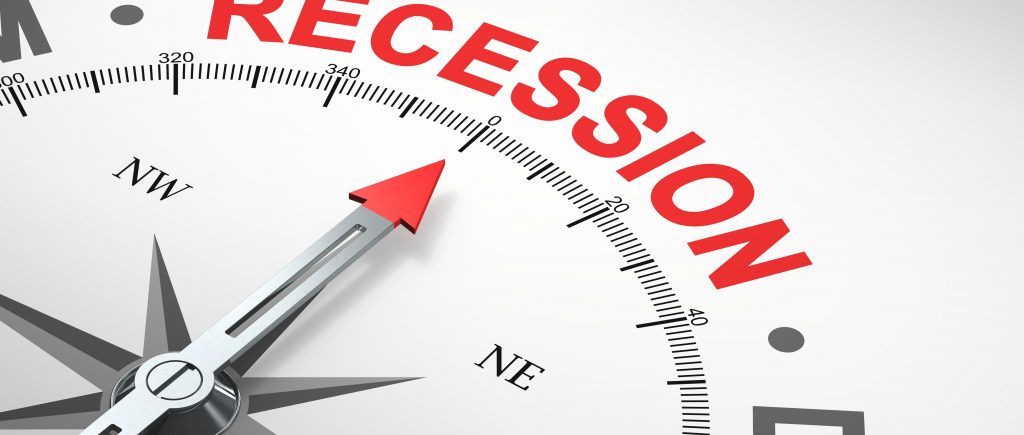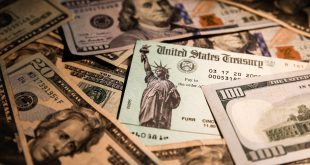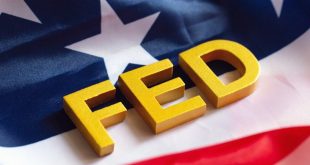Earlier this month Fed Chair Jerome Powell announced a half-percentage-piont increase in interest rates, the largest hike in over two decades. Powell also indicated that he wouldn’t hesitate to do it again — a move straight out of the central bank’s 1994 playbook, when the Fed last tempered the US economy and successfully executed a so-called soft landing.
The history of central bank rate hikes does appear to support the inevitability of an economic downturn, but there have been rare instances when the Fed has made a soft landing: Once in 1965, and again in 1984 and 1994.
In the 12 months that followed February 1994, the Fed, under former Chair Alan Greenspan, nearly doubled interest rates to 6% in just seven hikes, including two half-point increases and one three-quarter-point hike.
Inflation rates are near 40-year highs and most economists agree that the Fed should raise interest rates in order to reduce economic demand and maintain price stability. They just don’t agree on what that will mean for the economy at large.
Over the next few months, the Fed will attempt to engineer a cooling of the economy that leads to lower prices but doesn’t spiral into recession. It’s a Goldilocksian task that some, including former New York Federal Reserve Bank president Bill Dudley, believe will be nearly impossible to execute.
Larry Summers, a noted critic of Powell’s Fed, has clocked the probability of the central bank’s actions leading to a hard landing at 100%. Analysts at Goldman Sachs say it’s closer to a one-in-three chance.
But Powell remains convinced that 1994 has more to offer us than replays of The Lion King and Ace of Base.
“I believe that the historical record provides some grounds for optimism: Soft, or at least soft-ish, landings have been relatively common,” Powell said in a March speech.
Greenspan proactively raised rates. He saw that the economy was booming and wanted to get ahead of the inevitable inflation. Powell has been more reactive. He hiked rates by half a percentage point only after inflation soared to levels unseen in decades. There’s a possibility that the Fed may be too far behind the curve to be able to ease inflation without inflicting economic hardship on Americans.
Employment today isn’t what it was then, either. In 1994, baby boomers were at the heights of their careers, loads of new technology was being introduced in the workplace, and immigration numbers were strong. All of that led to a huge workforce and productivity rates that kept unemployment low even as interest rates rose. In 2022, we’re faced with boomers who are ready to exit the workforce, a significant pandemic-reduced labour participation rate and a productivity slowdown.
“In the past, when you’ve pushed up the unemployment rate, you’ve almost never been able to avoid a full-fledged recession,” Dudley said. “The problem the Fed faces is they’re just late.”
Geopolitical luck was also a factor in the ’94 soft landing, and despite economists’ best efforts, luck can’t be easily replicated. The North American Free Trade Agreement (NAFTA) was adopted in 1994 and the Berlin Wall had fallen just five years prior. Both events increased the availability of imports and lowered the cost of goods. Today globalization is in retreat as the pandemic and war in Ukraine have led to significant energy price shocks and supply chain disruptions.
“On closer inspection, the Greenspan Fed was the beneficiary of considerable good fortune, which the current Fed is unlikely to enjoy,” Carl Tannenbaum, chief economist for Northern Trust, wrote in a research note. “None of this is to suggest that a soft landing is impossible this time around. But the degree of difficulty is much higher than it was 28 years ago.”
There may still be room for a soft landing, so long as you’re willing to tweak the definition a bit. We’ve seen 11 instances of the Fed tightening policy since 1965 (not including the current moves), said Princeton economist Alan Binder. Seven of them resulted in economic production falling less than 1%, a relatively small downturn. “So soft landings can’t be all that hard to achieve,” he concluded.
The US unemployment rate has fallen to below four percent, but many companies have continued to report challenges finding staff. Some 11.3 million jobs remained open in January, according to Labour Department figures.
 Noor Trends News, Technical Analysis, Educational Tools and Recommendations
Noor Trends News, Technical Analysis, Educational Tools and Recommendations




